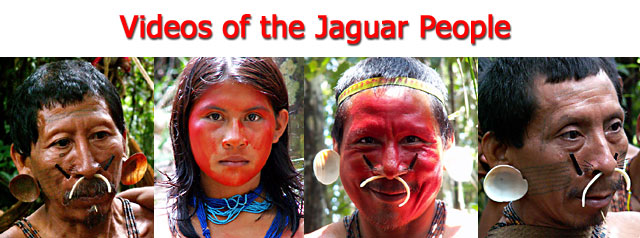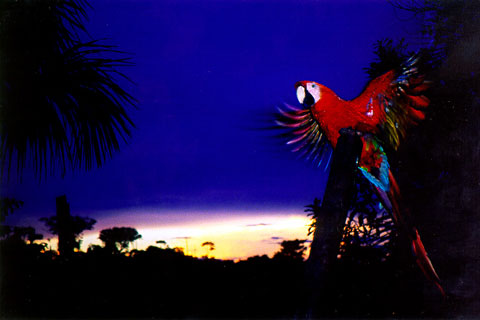s a journalist and an ecologist, I would like to welcome you all, long-time residents and travelers alike, to the City of Iquitos, the “Ecological Capital of the Amazon.” The staff of the
Iquitos News and Travel Guide and I would like to help you make your trip to the Amazon as enjoyable as possible. As always, our goal is to have the
Iquitos News serve as an up to date survival guide for travelers and fill a niche that commercially available guides such as the
Lonely Planet and Rough Guide fail to fill. It is important to understand that the goal of our publication is not to promote tourism in Iquitos. Rather, it is to provide people with unbiased, up to date information so that travelers can have a safe and enjoyable journey while visiting the Amazon. Please note that we do not receive any funds or support from the governmental agencies whose job it is to promote tourism in Peru.
The origins of the Iquitos News can be traced back to a publication called the
Iquitos Review created by a Robert Goodyier, an American graduate student in journalism. He created this journal as part of this Masters thesis. Although only a few editions were published, the
Iquitos Review was an outstanding piece of journalism, containing numerous excellent articles, some of which can be currently found in the
Iquitos News
(see
Pasaje Paquito,
page 5 and
Belen Street Market, page
6). Subsequent to Robert Goodyier's departure from Peru (and with the assistance of numerous contributing authors), I changed the name to the
Iquitos News and Travel Guide and published it on the internet.
Not only are we providing traveler's information on Iquitos, we are also furnishing information on Peru's less visited frontier areas. As a former resident of the border area, I highly recommend taking the time to explore the frontier. Here you will find virgin primary rainforests and rarely visited indigenous communities. The tribal land of the
Matsés Indians on the Rio Galvez is an excellent area to experience pristine rainforest and real amazon natives.
A word of advice, best to get to know about the Amazon and its people while it is still feasible. Often, it surprises me how many people come to the Amazon without really seeing it. Soon, one will no longer be able to experience untouched rainforests or see native people living like they have for centuries. Due to the large size of Iquitos and the destruction of closeby resources (plants and animals) to sustain the city, you must go quite a long way from Iquitos to experience primary jungle and authentic natives. Regrettably, tourist guides do not go very far from the City of Iquitos due to the expenses involved. It is a lot easier and less expensive for tourist guides to travel locally and mislead travelers into believing they are in a virgin jungle or visiting authentic natives, than actually bringing them there. To really know the Amazon Rainforest and its natives you need to go to travel quite a distance away from Iquitos. On the border areas of Peru you will find some the last remaining virgin tropical jungle and uncontaminated tribes of the Amazon.
Those living off of the tourist trade in Iquitos have criticized us for sending tourists away from Iquitos to the more unspoiled areas. Again, our goal is not to support tourism in Iquitos, but to give travelers with the best information obtainable so that travelers can have a great journey. If you would like help planning your journey to the Amazon, please do not hesitate to email me at
editor@iquitosnews.com.

|


